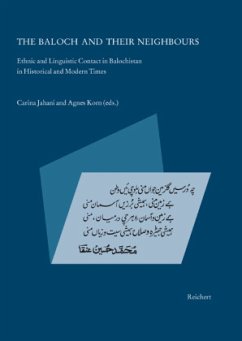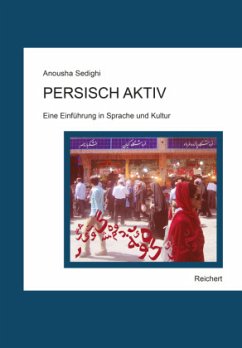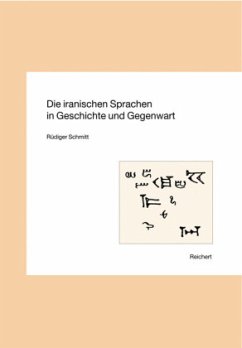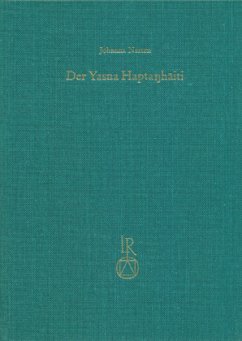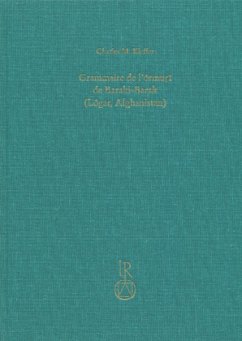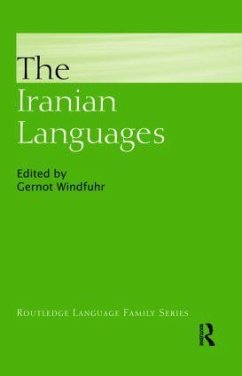
Studies in the Historical Development of the Ossetic Vocalism
Versandkostenfrei!
Versandfertig in 2-4 Wochen
82,00 €
inkl. MwSt.

PAYBACK Punkte
0 °P sammeln!
Ossetic is an archaic Iranian language, which is primarily spoken by roughly a half million people in the Caucasus. Nowadays fully surrounded by non-Iranian peoples, the speakers of Ossetic are the last descendants of those North Iranian tribes, such as Cimmerians, Scythians, Saka, Sarmatians and Alans, who used to roam the vast Eurasian steppes. It is for this reason that Ossetic contains a wealth of information which attests to their historical contacts with many and ethnically very diverse groups, like Caucasians, Finno-Ugrians, Slavs, Goths, Greeks, Turks and Mongols. Despite its isolation...
Ossetic is an archaic Iranian language, which is primarily spoken by roughly a half million people in the Caucasus. Nowadays fully surrounded by non-Iranian peoples, the speakers of Ossetic are the last descendants of those North Iranian tribes, such as Cimmerians, Scythians, Saka, Sarmatians and Alans, who used to roam the vast Eurasian steppes. It is for this reason that Ossetic contains a wealth of information which attests to their historical contacts with many and ethnically very diverse groups, like Caucasians, Finno-Ugrians, Slavs, Goths, Greeks, Turks and Mongols. Despite its isolation and recent attestation, the language has essentially kept its Iranian character, moreover, being in appearance at least as conservative as a Middle Iranian language, such as Sogdian, Chorasmian or Khotanese. In the present work a comprehensive account of some important developments which took place in the phonology of that language is given. The developments comprise apocope (loss of final vowel), syncope (loss of medial vowel), aphaeresis (loss of initial vowel), i-epenthesis (insertion of _i) and accompanying palatalization, and finally, the fate of _u. Also the role of the accent in these cases is addressed. None of these developments has been subjected to a systematic treatment before. The book also contains a valuable contribution to etymology, as for this research Ossetic words are gleaned and assessed from the monumental work of the eminent scholar Vasilij Abaev, Historical-Etymological Dictionary of the Ossetic language. Finally, morphology is also touched upon in an extensive appendix, in which several nominal suffixes and the verbal endings are treated. The book is a contribution not only to our understanding of Ossetic itself but also to the advancement of Iranian and Caucasian studies.
Dieser Artikel kann nur an eine deutsche Lieferadresse ausgeliefert werden.




